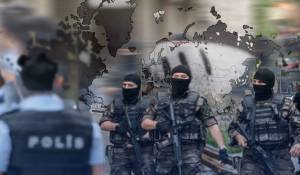
Imtiaz Baloch
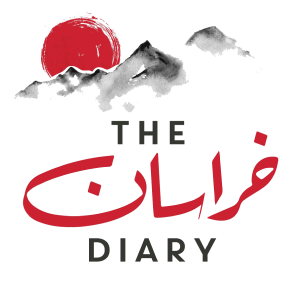
October 18, 2025
By | Imtiaz Baloch
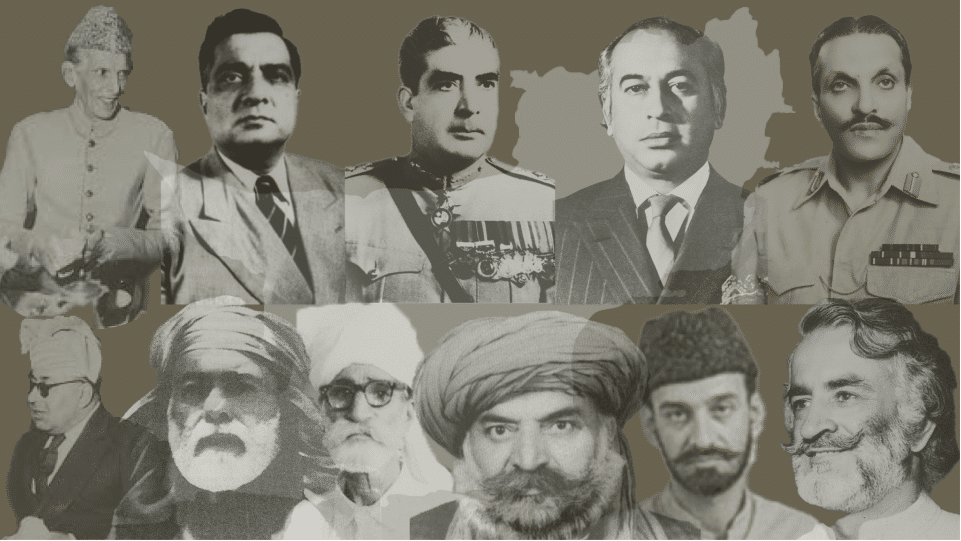
A violent insurgency with separatist tendencies broke out in southwestern Balochistan province in the early days of its accession to Pakistan. Baloch-dominated regions of the province, ever since, faced waves of violence with no end in sight.
With the accession of Kalat to Pakistan in March 1948 and the eventual attempts by the state for greater political autonomy, there have been different violent phases of armed unrest. However, the latest and prevailing one erupted in early 2000 following the assassination of the Bugti tribe’s chieftain Nawab Akbar Khan Bugti during a military operation in 2006. Nawab Akbar Bugti was also a prominent political figure of national stature as he served as Chief Minister and Governor and held other key portfolios in successive Pakistani governments.
The Balochistan problem remains unresolved despite 20 years of violence, killings, suicide bombings and so-called enforced disappearances.
Blessed with mesmerising mountains, over 750 kilometres of coastline, enriched with a range of natural resources and a scattered population, Balochistan is Pakistan’s least developed and considered the most chaotic region. Nevertheless, the province remained marginalised throughout the history of the country. The grievances and the state’s negligent attitude towards people led to violent confrontations between the Center and the province since the accession of the Kalat state in 1948.
The treaty of the accession of the Kalat state to Pakistan at the request of the founder of the nation, Quaid-i-Azam, had instigated Agha Abdul Karim, brother of Khan of Kalat, Mir Ahmed Yar Khan to revolt against the accession. He mounted an armed insurrection against the annexation in the state’s Jhalawan region and its vicinity.
Agha Abdul Karim and other prominent Baloch political leaders, including Qadir Bakhsh Nizamani, Muhammad Hussain Anqa, Malik Saeed Dehwar, and Moulvi Muhammad Afzal, went to Afghanistan in May 1948, to gain support from the then Afghan government and the Soviet Union, but failed to secure any backing. Finally, Abdul Karim returned from Afghanistan and surrendered to the Pakistani authorities in July 1948, after some Baloch leaders offered him amnesty on behalf of the state. Thus, the first phase of the Baloch insurgency came to an end.
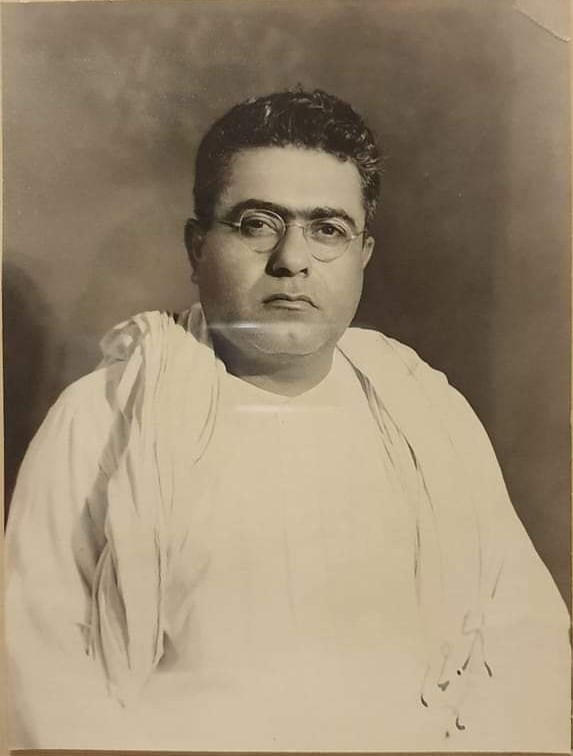
However, the uncertainty in the province did not end there. Martin Axmann, in his book ‘Back to the Future’ mentioned, “On October 6, 1958, President Sikander Mirza issued an order that divested Ahmed Yar Khan (Khan of Kalat) of all his distinctions, privileges and immunities”.
Sikander Mirza abrogated the country’s constitution, imposed martial law, dissolved the assemblies, and dismissed the government. Pakistani authorities also stressed tribespeople in Balochistan, particularly in Jhalawan and Sarwan, to turn in their weapons at the respective local police stations, which fueled an armed battle under the leadership of Nawab Nauroz Khan Zarakzai Zehri. He belonged to Zehri tehsil of Khuzdar district. He also served as a civil servant from 1908 to 1910 but resigned when his brother Nawab Muhammad Khan revolted against the British government. He was first arrested in 1922 and sentenced to life in prison. In 1926, he escaped from Sukkur jail and picked up arms against the British forces (levies) in Jhalawan and Makran regions.
Nawab Nauroz Khan gathered around one thousand armed Baloch tribals and demanded the immediate release of Khan of Kalat and the abolition of One Unit. As a result, a series of battles erupted in the region, including near the Iranian border and the vicinity of the provincial capital, Quetta.
In the early 1960s, Nawab Nauroz Khan and his companions laid down their arms after peace talks between the tribals and Pakistani state representatives, who decided to withdraw One Unit and promised amnesty to Nauroz and his comrades. However, around 160 insurgents, including Nauroz Khan and his son, were tried in a military court in Mach district. Nauroz Khan, his son, and five other family members were sentenced to death; however, Nauroz Khan’s sentence was later changed to life imprisonment.
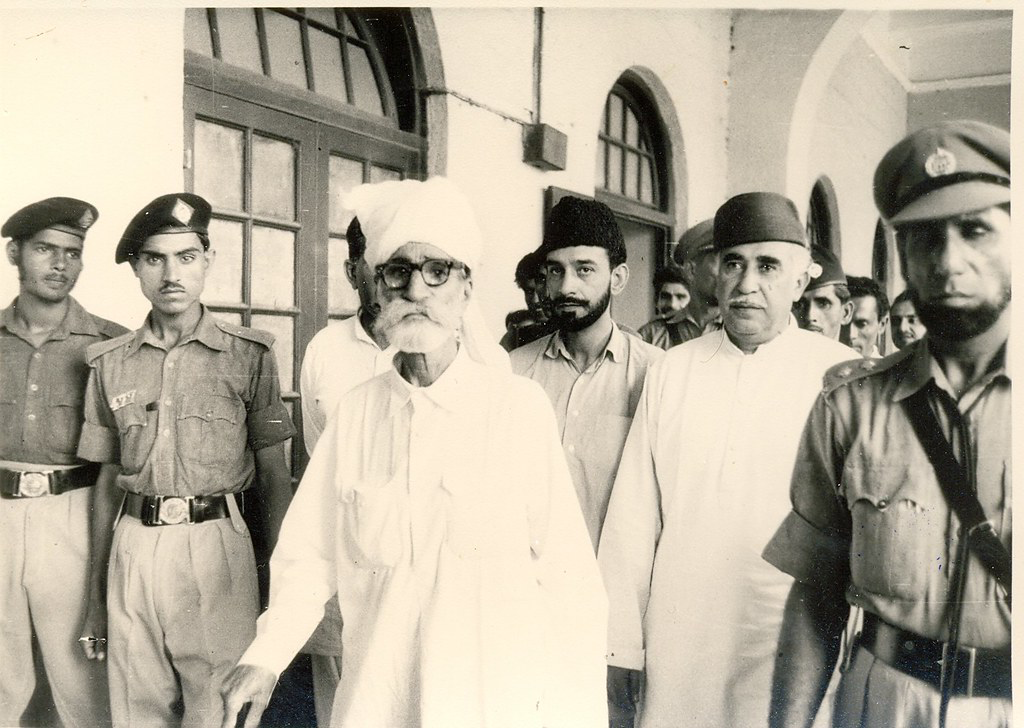
The third rebellion in Balochistan was incited in 1963 by leaders influenced by Marxist-Leninist ideology. Sher Muhammad Marri alias General Sherof led the insurgents and demanded the removal of One Unit, unified Balochistan, and control of resources and wealth of Balochistan. Sher Muhammad Marri’s Baloch People’s Liberation Front (BPLF) spread from Jhalawan to Marri-Bugti areas and established around 22 camps in over 45-thousand square miles of land. The combat continued sporadically until 1969, when General Yahya Khan succeeded Ayub Khan as President of Pakistan, abolishing One Unit in West Pakistan, and restoring the provinces, while the then Governor of West Pakistan, Air Marshal Nur Khan negotiated an agreement with the Baloch insurgents and restored the provincial autonomy.
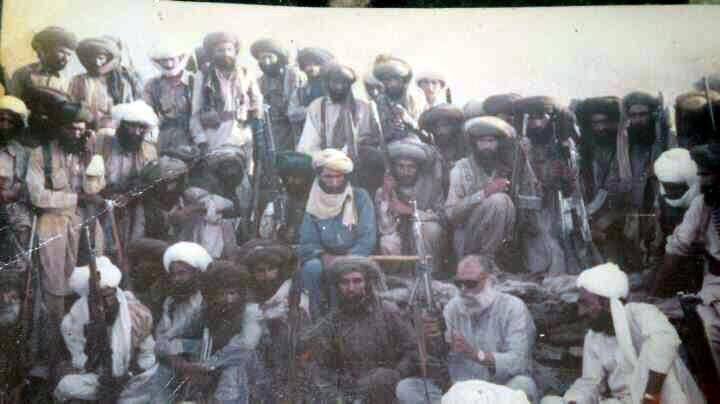
Then Civil Chief Martial Law Administrator, Zulfiqar Ali Bhutto, took premiership under the newly-implemented constitution on August 14, 1973. His party also won the majority of provincial seats in the Sindh and Punjab provinces, while the Pashtun and Baloch nationalists won the majority in North-West Frontier Province (NWFP) and Balochistan province, respectively. However, Z.A. Bhutto refused to recognize the majority of the National Awami Party (NAP) in Balochistan, which fueled another armed conflict in the region.
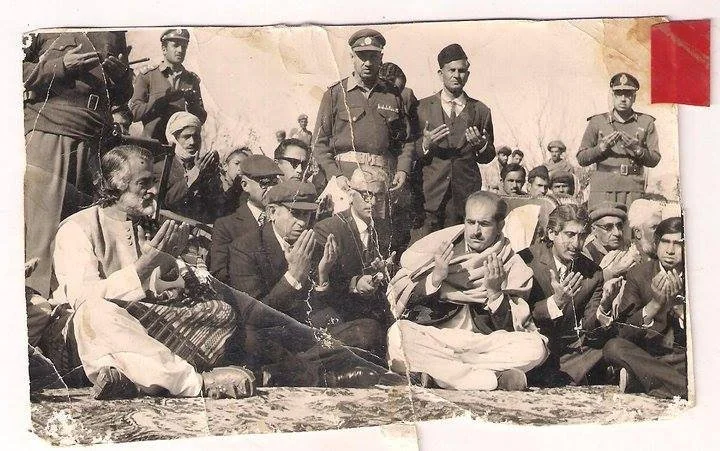
The fourth insurgency began in Balochistan after the centre’s dismissal of the provincial government. Z.A Bhutto jailed the then Chief Minister Sardar Atta Ullah Mengal and other prominent leaders of NAP, including Nawab Khair Buksh Marri, Abdul Wali Khan, and Mir Ghous Buksh Bizenjo, under the Hyderabad conspiracy case.
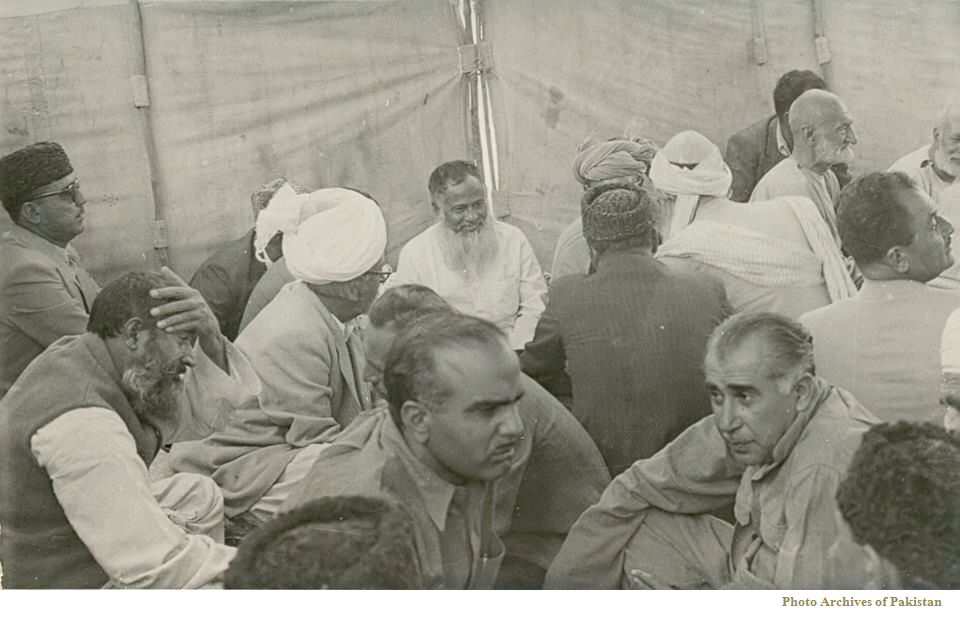
Apart from Pakistan, neighbouring Iran was also afraid of a possible uprising in its Baloch-majority region, and the Shah of Iran (1941-1979), Muhammad Raza Shah Pahlavi, did not want a Baloch nationalist uprising in the Western part of Iranian Balochistan that borders the eastern part of Pakistani Balochistan.
Alex Vatanka director of the Iran Program in the Middle East Institute in his prominent book ‘Iran and Pakistan Security, Diplomacy and American Influence’ said, “During the four-year duration of the insurgency, Iran would remain a partner of Islamabad despite the increasingly rocky personal relationship between the Shah and Bhutto. Shah was fearful of the conflict in the Pakistani Baluch regions spilling over into Iran. There is no question that the Shah initially pressed Bhutto to flex his muscles against the Baluch. He wanted the whole affair taken care of promptly and certainly not for the eastern border to become a distraction for the Iranian military. At the time, some 80 percent of Iran’s armed forces were deployed in the west on the border with Iraq, and the Shah intended to keep them there to track a rapidly rising Iraqi military.”
During the four years of insurgency, some 178 major and 167 minor-level clashes were reported in the province. The central area of the fight was widespread from the previous three uprisings, and the most affected regions were Marri-Bugti and Jhalawan belts.
According to the official claims, 3,000 Army personnel and five thousand Baloch insurgents lost their lives. However, some prominent historians, including Naseer Dashti, in his book ‘The Baloch Conflict with Iran and Pakistan’, mentioned that around “fifteen thousand Baloch lost their lives”.
The fourth insurgency was headed by Mir Saffar Khan Zarakzai Zehri, Mir Hazar Khan Rahmakani Marri, Agha Salman Ahmedzai, Maharullah Mengal (brother of Mir Atta Ullah Mengal and paternal uncle of Sardar Akther Mengal, who died on October 9, 2022), Mir Hammal Bizenjo, Rehim Buksh Muhammad Hassani, Aslam Gichki, Chairman Baloch Students Organization (BSO) Khair Jan Baloch and Mir Lawang Khan Mengal (brother of the prominent Baloch leader and poet Gul Khan Nasir) who died in a battle with the security forces in the Dasht-e-Goran area on August 7, 1973.
The Baloch insurgents, under the banner of BPLF, suffered a massive defeat in the Chamlang area of the Kohlu district. According to official claims, “120 prominent Baloch insurgents were killed in Chamalang Battle.” This massive success reportedly became possible with the help of the Iranian Cobra and other gunship helicopters and jets flown by Iranian pilots during the operation.
On July 5, 1977, General Zia-ul-Haq imposed Martial Law in the country and overthrew the Bhutto government. General Zia appointed Lt Gen Rehimuddin as Balochistan’s governor, who announced a general amnesty for the Baloch insurgents. The government also relinquished the Hyderabad conspiracy case’s tribunal and released the Pashtun and Baloch leadership.
Since then, Balochistan had been relatively peaceful until 2000 when the situation dramatically changed and continued to worsen. The alienation and resentment are deep-rooted. Various governments since 2000 have promised to address the grievances politically, but Baloch leaders have accused the governments of failing to implement them effectively. (To be continued)